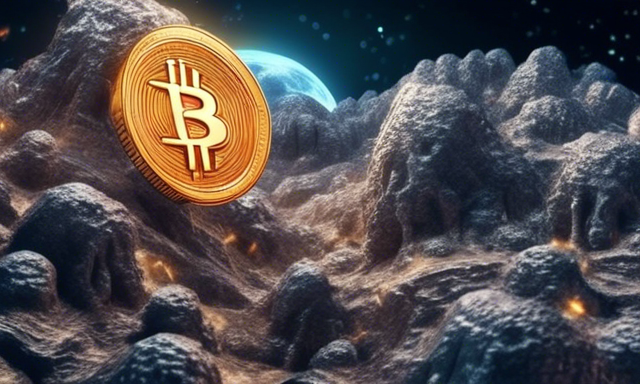Exploring Proof-of-Work in Blockchain Technology 🌐
Proof-of-Work (PoW) plays a crucial role in validating transactions and securing blockchain networks. As a crypto enthusiast, understanding the workings of PoW, its benefits, challenges, and significance in Web3 ecosystems is paramount. Let’s delve into the world of PoW to grasp its importance in the ever-evolving realm of cryptocurrencies and decentralized technologies.
Unveiling the Mechanics of Proof-of-Work
- Transaction Bundling: Users’ transactions are grouped into blocks by miners.
- Puzzle Solving: Miners engage in competitive puzzle-solving by finding specific hashes to add new blocks to the blockchain.
- Block Validation: The first miner to solve the puzzle validates the block, which is then verified by other miners.
- Reward System: Successfully adding a block to the blockchain rewards the miner with newly minted cryptocurrency and transaction fees.
The Significance of Proof-of-Work in Web3
- Enhanced Security: PoW ensures the integrity of the blockchain by making it difficult to alter past transactions.
- Decentralization: Empowers a network of miners to validate transactions without centralized control.
- Trustless Transactions: Transactions are processed based on consensus rules, eliminating the need for trust in a central authority.
Challenges and Criticisms Surrounding Proof-of-Work
- Energy Consumption Concerns: PoW’s computational demands raise environmental worries due to high energy consumption.
- Centralization Risks: Despite decentralization, mining power may centralize in areas with cheap electricity or specific entities.
- Scalability Challenges: PoW networks like Bitcoin face issues with processing speed and resources due to complex puzzle-solving.
Introducing Proof-of-Stake (PoS)
As an alternative to PoW, Proof-of-Stake introduces a different validation mechanism where validators stake their cryptocurrency to participate in the network.
Pros and Cons of Proof-of-Stake
- Strengths: Energy-efficient and quicker transaction processing.
- Weaknesses: Potential centralization risks and vulnerability to specific attacks.
Exploring Other Consensus Mechanisms
- Proof-of-Authority (PoA): Relies on a group of validators for transaction validation.
- Proof-of-Burn (PoB): Involves burning cryptocurrency to become a validator.
- Proof-of-Capacity (PoC): Utilizes hard drive space as a measure of stake.
- Proof of Storage (PoS): Validators prove data storage to secure the network and earn rewards.
Navigating the Future of Proof-of-Work
Despite criticisms, PoW remains foundational for major cryptocurrencies like Bitcoin, with ongoing efforts to improve mining technology and energy efficiency. As new consensus mechanisms emerge, PoW elements will continue to play a crucial role in evolving hybrid models.
Understanding PoW is key to comprehending blockchain technology’s operation and its implications for decentralized systems and digital transactions. Dive deeper into the world of PoW to enhance your crypto knowledge!
Hot Take: Embracing the Foundational Role of Proof-of-Work in Crypto Evolution 🚀
As a crypto enthusiast, embracing the foundational role of PoW in the evolution of blockchain technology is essential for navigating the dynamic landscape of cryptocurrencies and decentralized systems. Stay informed, stay curious, and explore the vast potential of PoW in shaping the future of digital transactions and Web3 ecosystems!





 By
By
 By
By
 By
By

